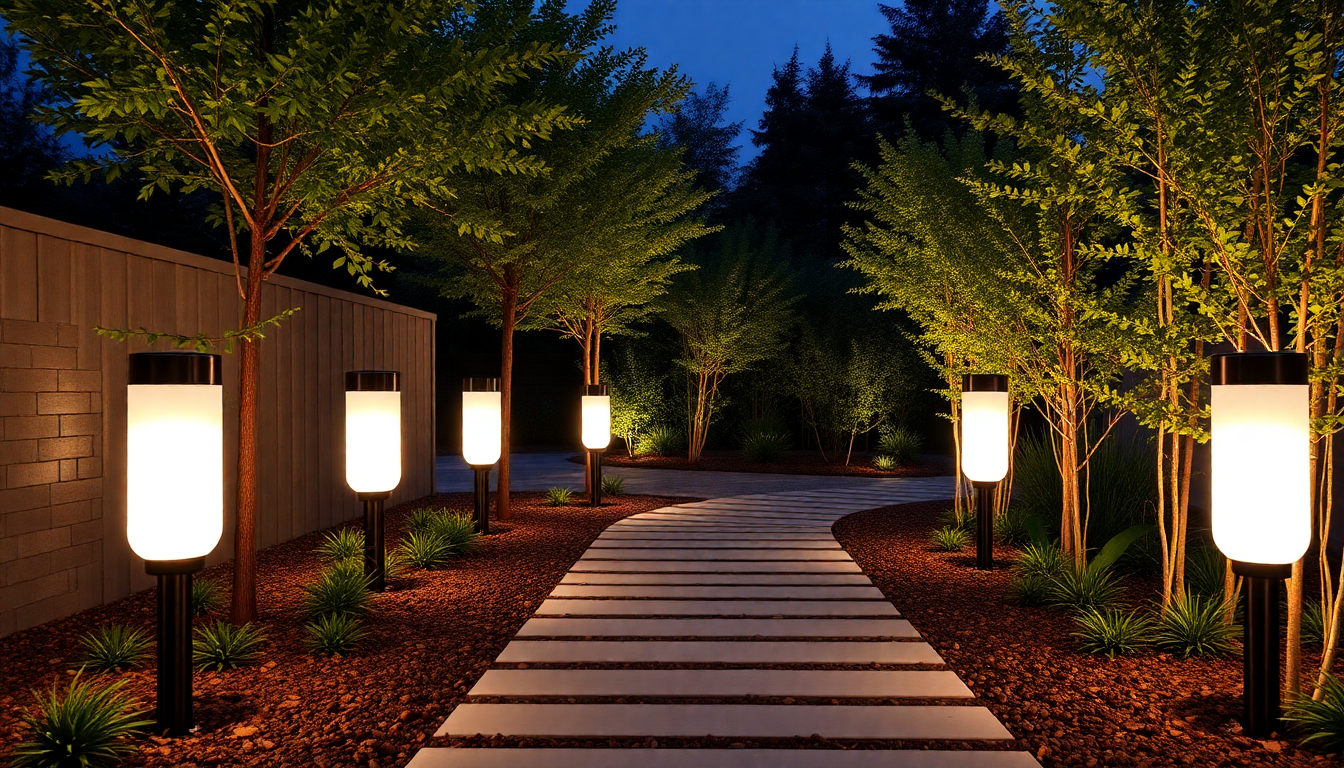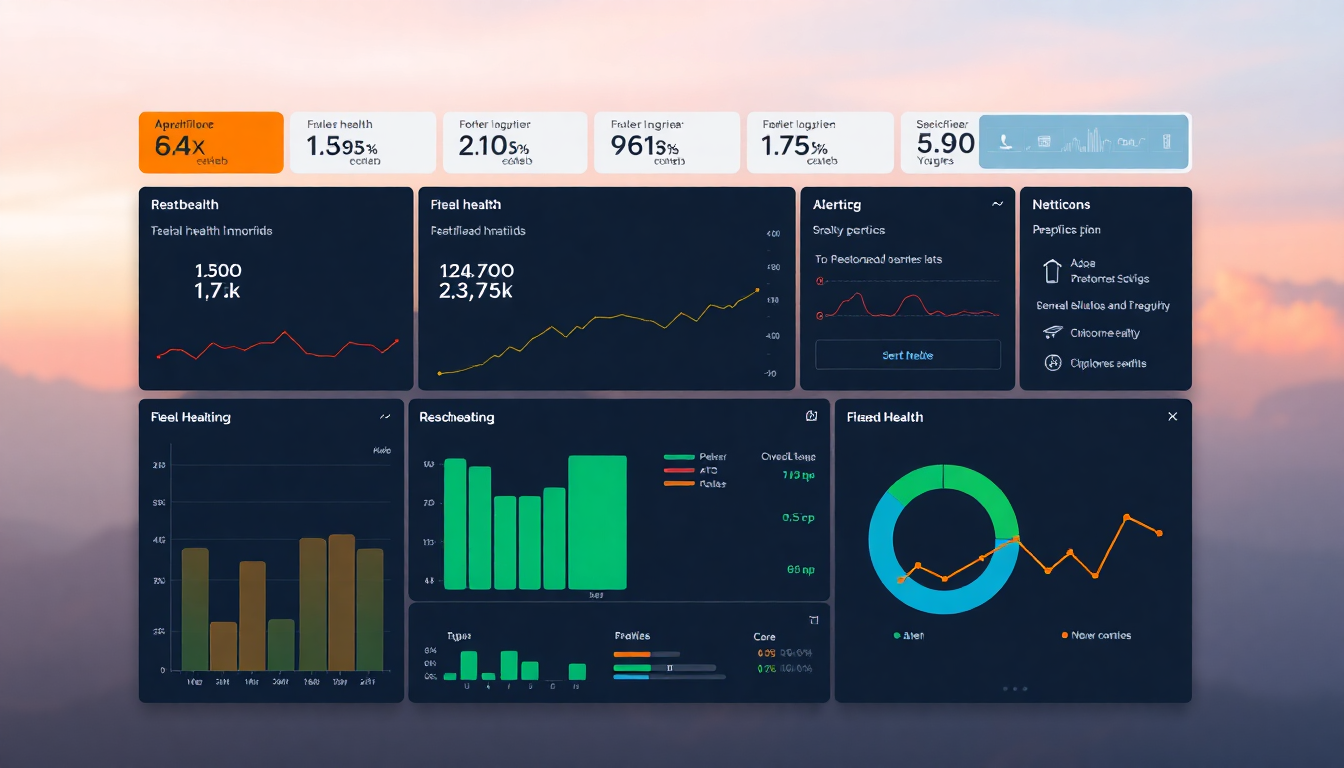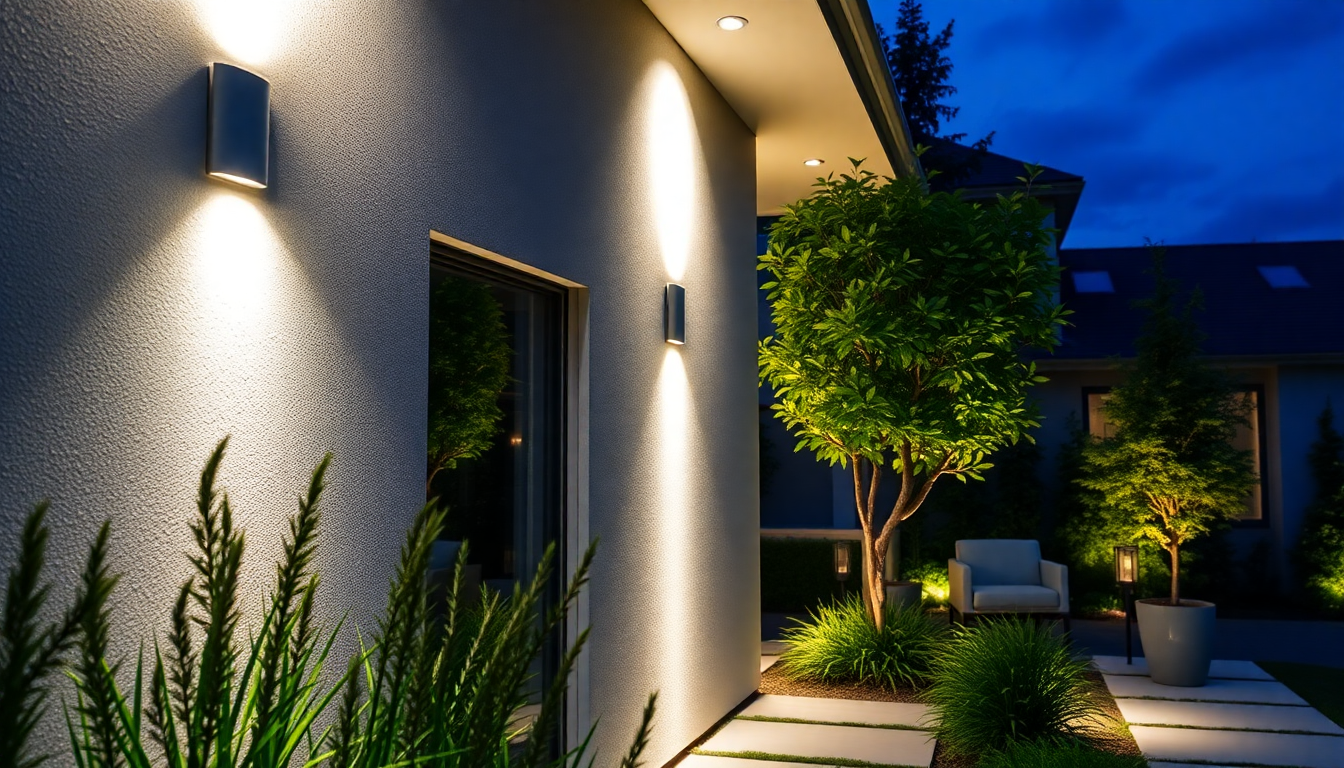Introduction
In the rapidly evolving landscape of smart property management, ensuring the safety and well-being of residents is more crucial than ever. Among various technological advancements, advanced rechargeable night lighting solutions stand out as a transformative approach to bolster safety during nighttime hours. These innovative lighting systems not only improve visibility but also integrate seamlessly with other smart home features, creating a comprehensive safety ecosystem within residential properties. As we progress further into 2025, property managers and developers are increasingly recognizing the importance of adopting these advanced lighting strategies to foster secure, energy-efficient, and technologically sophisticated living environments.
The Critical Role of Night Lighting in Residential Safety
Night lighting plays a vital role in residential safety by reducing the risk of accidents, such as trips and falls, especially in poorly lit hallways, staircases, and outdoor pathways. Proper lighting also acts as a deterrent to intruders and unauthorized access, enhancing security around the clock. In traditional settings, lighting often relies on manual operation or basic sensors, which may not offer the responsiveness or efficiency needed to combat modern safety challenges.
Smart property management introduces new possibilities by enabling dynamic, responsive, and energy-efficient lighting solutions. These systems can adapt to resident activity patterns, weather conditions, and safety requirements, making night lighting a proactive rather than reactive safety feature.
Features of Advanced Rechargeable Night Lighting Solutions
Modern rechargeable night lighting solutions incorporate a multitude of innovative features designed to maximize safety, efficiency, and convenience:
- Rechargeability: Batteries that can be recharged via solar energy or standard power sources ensure continuous operation during power outages and reduce reliance on grid electricity.
- Smart Connectivity: Integration with home automation systems and IoT platforms allows residents and property managers to control and monitor lighting remotely via smartphones or voice assistants.
- Motion Detection and Presence Sensors: These sensors activate lights when movement is detected, conserving energy and providing illumination exactly when needed.
- Long-Lasting Battery Life: Advanced batteries with extended lifespans ensure operational reliability over months or even years with minimal maintenance.
- Adaptive Lighting Controls: Systems that adjust brightness based on ambient light levels, time of day, or specific security protocols.
- Energy Efficiency: Low power consumption components and intelligent control algorithms reduce overall energy consumption, contributing to sustainability goals.
Strategies for Incorporating Rechargeable Night Lighting in Smart Property Management
Effective implementation of rechargeable night lighting requires a strategic approach that combines technology, planning, and resident engagement. Here are key strategies to maximize safety benefits:
1. Automated and Adaptive Lighting Scheduling
Utilize sensors and automated scheduling to ensure lighting activates during peak safety periods, such as late-night hours or when residents are detected moving through common areas. Adaptive controls can adjust brightness based on external conditions, like moonlight or weather, to optimize energy use and illumination quality.
2. Integration with Security and Surveillance Systems
Connect lighting controls with security cameras, alarm systems, and access controls. When an intrusion or emergency is detected, the system can trigger instant lighting, providing clearer visibility for security personnel and law enforcement, thereby enhancing response times and safety.
3. Portable and Emergency Lighting Solutions
Rechargeable lights serve dual purposes—functioning as permanent fixtures and portable emergency lights. In case of power failure, fully charged portable lights can be carried by residents or security personnel to navigate safely through the property.
4. Resident Education and Engagement
Educate residents on the operation, benefits, and safety features of smart lighting systems. Offer tutorials, brochures, or community meetings to ensure residents utilize the systems effectively, leading to increased safety and satisfaction.
5. Regular Maintenance and System Updates
Implement routine inspections, cleaning, and firmware updates to keep lighting systems functioning optimally. Staying current with technological advancements ensures that the systems benefit from the latest safety and efficiency features.
Emerging Technologies Shaping Night Lighting Solutions in 2025
The landscape of night lighting technology is constantly evolving. Several emerging trends are set to redefine how smart property management addresses resident safety:
- AI-Powered Lighting Systems: Artificial intelligence algorithms can predict movement patterns and optimize lighting schedules for maximum safety and efficiency.
- Geofencing and Location-Based Control: Use residents’ mobile devices to trigger lighting changes as they enter or leave specific areas, personalizing safety measures.
- Solar-Powered Rechargeable Lights: Advances in solar technology allow for highly efficient, eco-friendly lighting options suitable for outdoor installation.
- Biometric and Access-Control-Integrated Lighting: Linking lighting controls to access points and biometric systems enhances security by only activating lighting for authorized residents.
Case Studies: Successful Implementation of Rechargeable Night Lighting
Many smart communities worldwide have already begun leveraging these systems to enhance safety:
- Sunrise Residences, California: Implemented motion-activated rechargeable outdoor lights that recharge via solar panels, reducing energy costs by 35% and increasing resident safety reports.
- Greenvale Apartments, London: Integrated smart lighting with security systems, enabling remote control and real-time monitoring, resulting in a 50% decrease in night-time security incidents.
- BlueSky Community, Sydney: Used AI-powered adaptive lighting to optimize energy use and safety, earning local sustainability awards and increased resident comfort.
Benefits of Implementing Advanced Rechargeable Night Lighting Solutions
Investing in these innovative lighting systems offers numerous advantages:
- Enhanced Resident Safety: Immediate, adaptive lighting reduces accidents and deters criminal activity.
- Energy and Cost Savings: Reduced electricity use lowers operational costs while supporting sustainability goals.
- Flexibility and Resilience: Rechargeable systems ensure continuous operation during power outages, maintaining safety at all times.
- Smart Community Integration: Seamless connectivity with other smart systems enhances overall property security and management efficiency.
- Resident Satisfaction and Trust: Demonstrating a commitment to safety fosters community trust and satisfaction, attracting prospective residents.
Conclusion
As we advance further into 2025, the adoption of innovative rechargeable night lighting solutions is no longer optional but essential for modern, safe, and sustainable living environments. These systems provide a multi-layered approach to resident safety, combining technology, design, and resident engagement. Property managers who prioritize integrating these solutions will not only enhance safety but also position their properties as leaders in smart, eco-friendly community living. Embracing this future will create safer, smarter, and more resilient communities that meet the high expectations of residents today and in the years to come.




Leave a comment
All comments are moderated before being published.
This site is protected by hCaptcha and the hCaptcha Privacy Policy and Terms of Service apply.